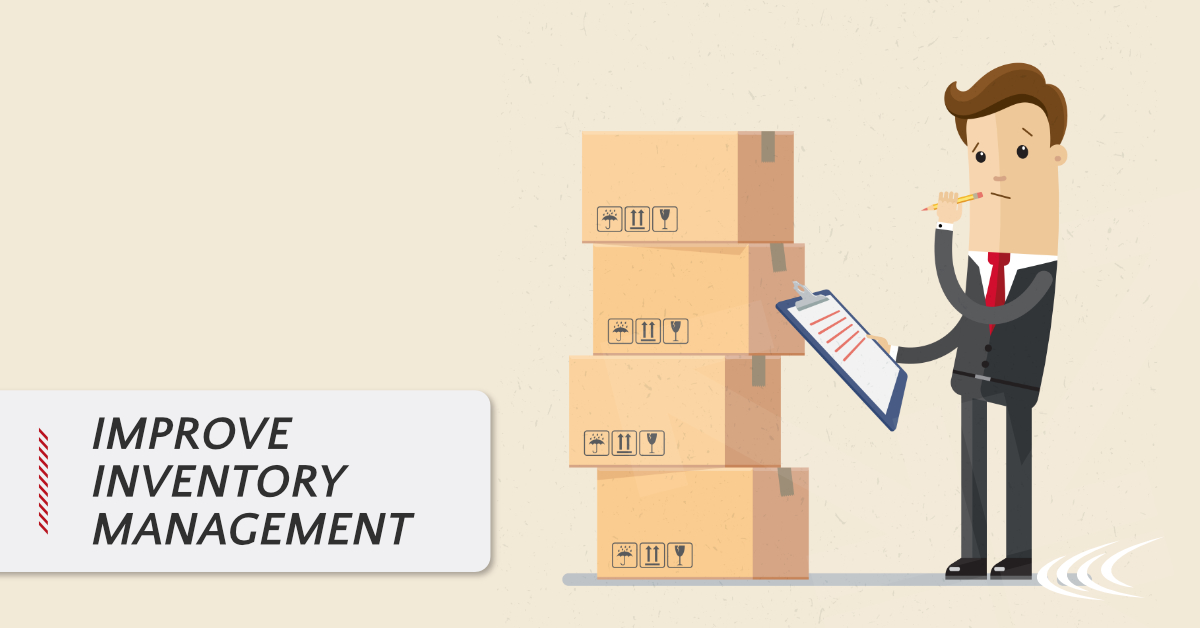Inventory Management Software
- Home
- Inventory Management Software

As a part of your supply chain, inventory management includes aspects such as controlling and overseeing purchases — from suppliers as well as customers — maintaining the storage of stock, controlling the amount of product for sale, and order fulfillment.
Inventory management apps make accessing and updating a business’ stock possible from any location at any time using smartphones and tablets.
Many apps also include features like customer-facing product catalogs and processing sales; supplier and customer data management; order entry, editing, and tracking; as well as direct integrations with other physical and digital tools.
A good inventory system should be simple enough for small businesses to understand and use in their daily operations and yet advanced enough to cover all of their business needs. It should allow them to save time and money and prevent that dreaded inventory headache that comes to business owners as they try to keep track of their many assets. And, most importantly, it should do all of this without breaking the bank.
Using a manual system is often the first step for startups as they begin working with inventory and assets. A manual system can be as informal as simply having an employee remember inventory quantities, locations, vendors, and orders. Or it can be a little more formal in the sense that those things are written down on pieces of paper and kept in a notebook.

Tracking inventory is an important part of doing business. It is the means by which companies remain stocked with all of the essential goods they need to sell to customers and perform daily operations. When products are sold, they must be replenished at a rate that finds a healthy balance between the extremes of overstocks and stockouts. If you have too much of an item, your carrying costs go up and you have less room for faster-selling items. If you have too little of an item, you’ll miss out on sales opportunities, your customers will be disappointed, and they will likely go to a competitor to meet their needs.
Startups frequently record the inventory quantities they have on hand in an Excel spreadsheet because it’s readily accessible on any computer with Windows, so they don’t have to put a lot of money into obtaining it. It can make sense for a time, but this is only a temporary system for very small businesses.
A better solution for tracking inventory is to find software that is affordable and robust enough for small and midsize businesses to stay with for many years. Make sure it can handle what you need it to do before making a final decision. You don’t want to have to switch systems every few years when you discover that the one you went with can’t handle more complex requirements, such as multiple locations, barcode scanning, and stages of production. That’s a waste of time and money.
Your software should have features that are simple enough for a young business to master and that can also be expanded to fit that same business’s increasingly complex needs year after year.